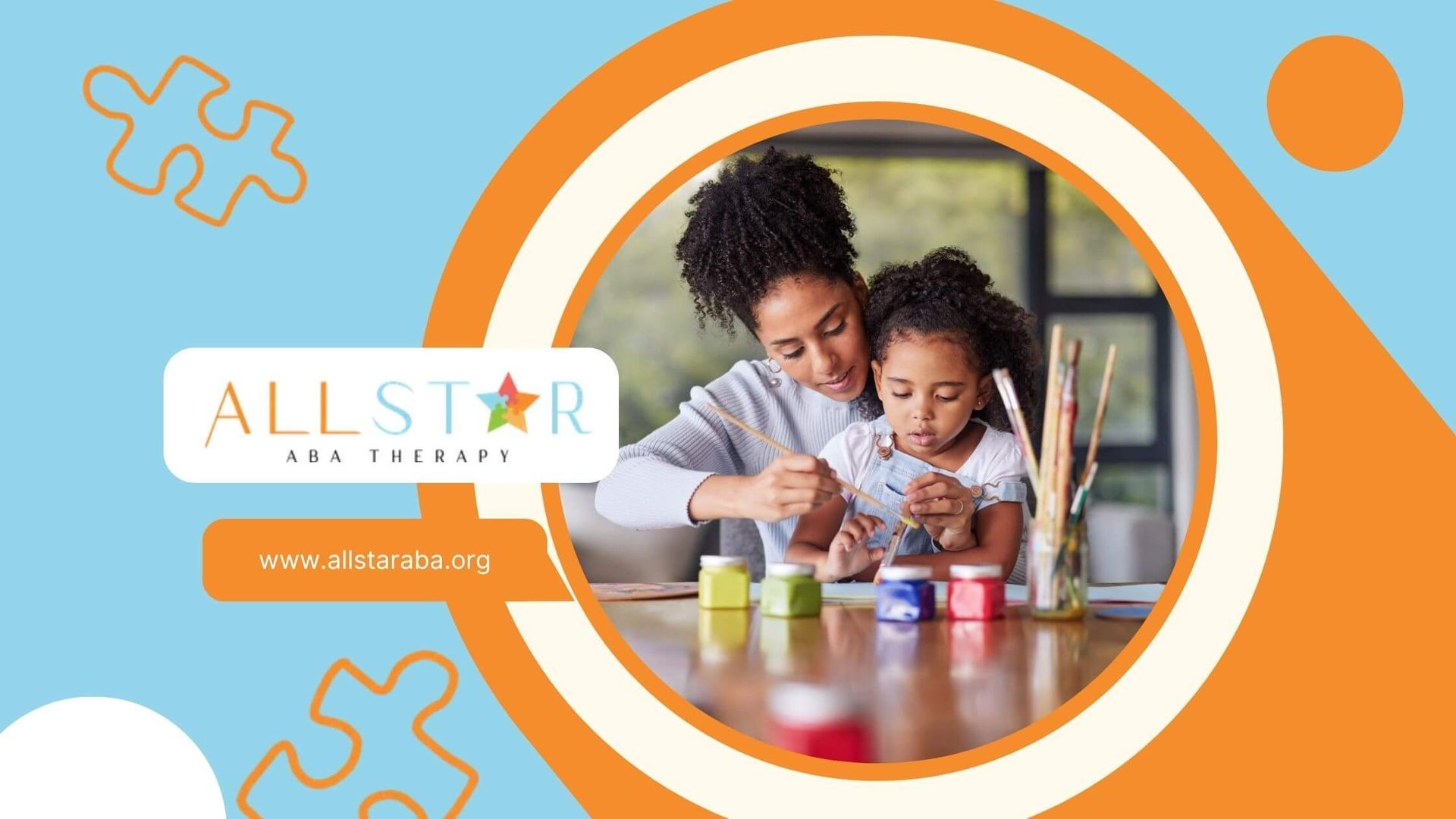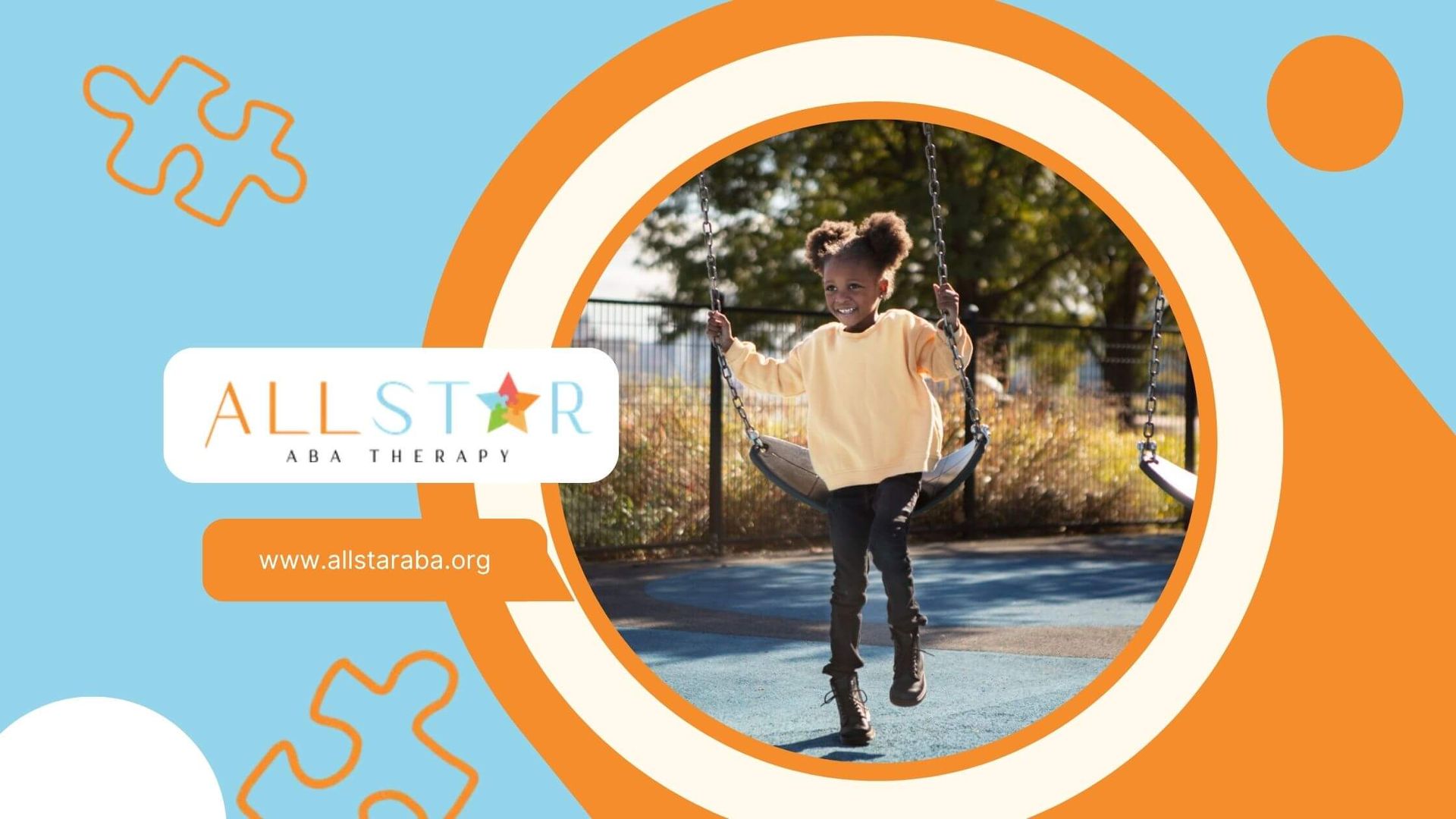New Paragraph
How to Make Learning Stick with These ABA-Approved Techniques
Learning isn't just about memorizing facts or completing assignments. It's about gaining skills that empower a child to understand, apply, and adapt to new information.
Whether you're an educator, parent, or caregiver working with a child on the autism spectrum or with learning challenges, Applied Behavior Analysis (ABA) has proven strategies to make that learning journey smoother and more effective.
In this blog, we'll explore how ABA strategies for learning can boost your child's skills—helping them succeed academically, socially, and emotionally.
These strategies focus on building confidence, fostering independence, and providing consistent support, all while making learning feel more accessible and engaging.
What is ABA and Why Does It Work for Learning?
A Quick Introduction to ABA
Before diving into the strategies, it's helpful to know what ABA is. Simply put, Applied Behavior Analysis is a therapeutic approach rooted in understanding how people learn behaviors.
It looks at the relationship between what we do (behavior) and how we respond to it (reinforcement or consequences).
The goal is to encourage positive behaviors and reduce challenges by creating supportive, structured learning environments.
ABA is widely known for its use with children on the autism spectrum, but its principles apply to anyone. It's not just about "correcting" behavior—it’s about understanding how children learn and setting them up for success.
How ABA Connects to Learning
When it comes to education, ABA uses systematic teaching strategies to help children learn new skills. It breaks tasks down into smaller, manageable steps and reinforces progress along the way.
This structured approach supports not only the learning of academic skills but also social, emotional, and life skills.
ABA is based on the idea that learning is most effective when it’s clear, consistent, and motivating. With its structured methods, children can focus on mastering one step at a time, building up to more complex skills as they go.
Key ABA Strategies for Learning
Strategy #1: Task Analysis (Breaking Down Complex Skills)
Learning something new can feel overwhelming, especially if the task seems too complex. This is where task analysis comes in—an ABA technique where a large task is broken down into smaller, more manageable steps.
Instead of telling a child to "do your homework," you might break that task down into:
- Gather your materials
- Read the assignment
- Plan your approach
- Write the first draft
- Review your work
Why it works:
This strategy makes large tasks feel more achievable and ensures the child isn't overwhelmed by the process. Plus, it helps them build independence, as they can successfully complete each step on their own.
Strategy #2: Prompting and Fading
Sometimes, children need a little guidance to get started. This is where prompting comes in—providing cues or hints to help a child complete a task.
In ABA, prompting is used early on, then gradually faded as the child becomes more independent.
For example, when teaching a child to read a sentence, you might first point to each word and read aloud with them. Eventually, you fade this support so they read the words on their own.
Why it works:
Prompting helps provide the support children need when learning new tasks, and fading the prompts builds their confidence as they take over the task independently.
Strategy #3: Positive Reinforcement & Token Systems
One of the core concepts of ABA is positive reinforcement. This simply means rewarding desired behaviors to encourage them in the future. In a learning context, it’s about celebrating progress, no matter how small.
For example, after a child completes a math problem, you might give them a small token that they can trade for a reward (like extra screen time). Or you might offer verbal praise like, “Great job!” or “Well done!”
Why it works:
Positive reinforcement encourages children to repeat behaviors they enjoy being rewarded for. It not only boosts motivation but also helps them feel recognized and appreciated for their efforts.
Strategy #4: Modeling & Video Modeling
Modeling is one of the most powerful ways to teach. It involves demonstrating the desired behavior or skill, so the child can imitate it.
Whether it’s showing them how to solve a math problem or how to interact in a social setting, modeling is a great tool for teaching new skills.
Video modeling takes this a step further. You record a child (or another person) performing the desired behavior, and then the child watches and imitates the behavior.
Why it works:
Visual learners especially benefit from video modeling because they get a clear, step-by-step example of what to do. Seeing a behavior demonstrated helps reduce ambiguity and makes it easier for children to learn.
Strategy #5: Natural Environment Teaching & Generalization
Sometimes children learn best when they are in real-world settings, rather than in a classroom.
This is the concept behind natural environment teaching. ABA therapists use this strategy by teaching children in the environments where they will actually use the skills, whether that’s at home, school, or out in the community.
For example, if you’re working on teaching a child to request something they want, you might practice asking for a snack in the kitchen or when they’re in the store. The goal is to help them generalize the skills learned in therapy to real-world situations.
Why it works:
Natural environment teaching ensures that children don’t just learn skills in a vacuum. It allows them to apply what they've learned to everyday situations, making the learning process more meaningful and sustainable.
Strategy #6: Behavior Chains & Chaining
Some skills require multiple steps, like writing a paragraph, making a sandwich, or brushing teeth.
ABA uses a technique called chaining to teach these complex skills step by step. It’s about breaking a task into parts and teaching each one in a sequence.
There are two types of chaining:
- Forward chaining teaches the first step first, then moves on to the next.
- Backward chaining starts with the last step and works backwards.
Why it works:
Chaining provides structure to complex tasks, making them easier to learn and master. It’s also a great way to reinforce a child’s ability to complete a full activity independently.
Strategy #7: Visual Supports & Schedules
Visual supports are an essential ABA strategy, especially for children with autism or learning disabilities. These include tools like visual schedules, charts, and reminders that show exactly what the child needs to do.
For example, if a child struggles with transitions, a visual schedule might show what will happen next—“First, math, then recess.”
Why it works:
Visual supports help children see exactly what’s expected, reducing confusion and anxiety. It also helps them process information in a way that feels more concrete, especially if they are more visually oriented.
How to Use ABA Strategies for Learning in the Classroom and at Home
Step 1: Set Clear, Measurable Goals
When you start using ABA strategies for learning, the first step is to define clear and measurable learning goals.
Instead of saying, "Help my child learn math," break it down into something specific: "The child will solve 10 addition problems correctly with no prompts in five out of seven sessions."
Step 2: Start Small, Build Gradually
It’s tempting to jump into big goals, but start small! Use task analysis to break tasks into manageable steps. For example, don’t expect a child to write an entire essay in one sitting—start with writing a topic sentence, then move on to adding details.
Step 3: Use Consistent Reinforcement
Reinforce your child’s progress every step of the way. Be consistent with your reinforcement, whether that’s through verbal praise, tokens, or small rewards. The key is to make sure the reinforcement is motivating for the child.
Step 4: Adjust Based on Progress
Check in regularly and assess the child’s progress. Are they consistently completing tasks? Are they generalizing skills outside of structured settings? Adjust your methods as needed to maintain engagement and continued growth.
At All Star ABA, we use these strategies to empower children to build critical life skills, improve learning, and increase independence. If you’re looking to see how these strategies can help your child or student, don’t hesitate to reach out.
Let’s work together to build the skills that will lead to long-term success. Explore our ABA services:
Ready to empower your child’s learning journey? Get in touch today!
FAQs
What are ABA strategies for learning?
ABA strategies for learning are evidence-based techniques used to teach new skills by breaking them into smaller, manageable steps. These strategies include task analysis, positive reinforcement, and prompting, all of which support children in acquiring academic, social, and daily life skills in a structured, systematic way.
How do ABA strategies help children with learning challenges?
ABA strategies are highly effective for children with learning challenges because they provide a structured approach to learning that reduces confusion and anxiety. By breaking tasks into small, achievable steps and using reinforcement to encourage progress, ABA helps children develop confidence, improve focus, and master new skills at their own pace.
Can ABA strategies be used at home for learning?
Yes, ABA strategies can be easily adapted for use at home. Parents can implement techniques like visual schedules, positive reinforcement, and task analysis to help children work through assignments or chores. Consistency and reinforcement are key to making these strategies effective in a home setting.
What is the role of positive reinforcement in ABA learning strategies?
Positive reinforcement plays a vital role in ABA learning strategies. By rewarding a child immediately after they exhibit a desired behavior or complete a task, reinforcement encourages them to repeat the behavior. This could be praise, a token, or a small reward, helping motivate the child to continue engaging in the behavior.
How can ABA strategies help kids with autism in their learning?
ABA strategies are especially beneficial for children with autism because they provide a clear, predictable structure that reduces anxiety and enhances focus. Techniques like prompting, chaining, and reinforcement help children learn new skills in a way that feels manageable, making it easier for them to succeed academically, socially, and emotionally.
Sources:
- https://spedsupport.tea.texas.gov/sites/default/files/2023-08/video-modeling-implementation-guide.pdf
- https://www.autismparentingmagazine.com/autism-teaching-strategies/
- https://pmc.ncbi.nlm.nih.gov/articles/PMC8531076/
- https://www.autismspeaks.org/tool-kit-excerpt/helpful-strategies-promote-positive-behavior
- https://www.forbrain.com/autism-learning/teaching-strategies/
Need Support?
We're Here to Help!
Our experienced team is ready to assist you. Reach out today to discuss how we can support your child's development and well-being.
Get started with expert ABA therapy today.








